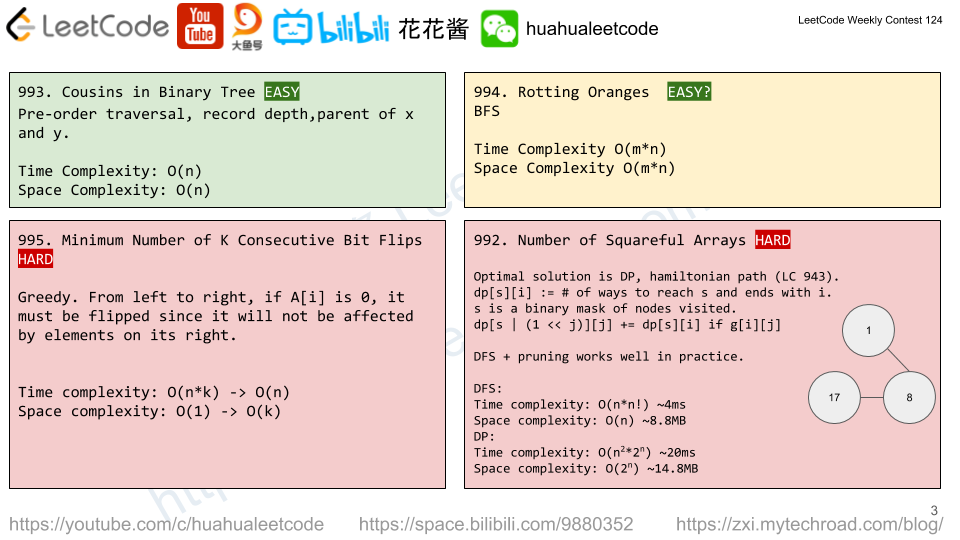In a town, there are N people labelled from 1 to N. There is a rumor that one of these people is secretly the town judge.
If the town judge exists, then:
- The town judge trusts nobody.
- Everybody (except for the town judge) trusts the town judge.
- There is exactly one person that satisfies properties 1 and 2.
You are given trust, an array of pairs trust[i] = [a, b] representing that the person labelled a trusts the person labelled b.
If the town judge exists and can be identified, return the label of the town judge. Otherwise, return -1.
Example 1:
Input: N = 2, trust = [[1,2]] Output: 2
Example 2:
Input: N = 3, trust = [[1,3],[2,3]] Output: 3
Example 3:
Input: N = 3, trust = [[1,3],[2,3],[3,1]] Output: -1
Example 4:
Input: N = 3, trust = [[1,2],[2,3]] Output: -1
Example 5:
Input: N = 4, trust = [[1,3],[1,4],[2,3],[2,4],[4,3]] Output: 3
Note:
1 <= N <= 1000trust.length <= 10000trust[i]are all differenttrust[i][0] != trust[i][1]1 <= trust[i][0], trust[i][1] <= N
Solution: Degree
node with degree (in_degree – out_degree) N – 1 is the judge.
Time complexity: O(N+T)
Space complexity: O(N)
C++
|
1 2 3 4 5 6 7 8 9 10 11 12 13 |
class Solution { public: int findJudge(int N, vector<vector<int>>& trusts) { vector<int> degrees(N + 1); for (const auto& trust : trusts) { --degrees[trust[0]]; ++degrees[trust[1]]; } for (int i = 1; i <= N; ++i) if (degrees[i] == N - 1) return i; return -1; } }; |

